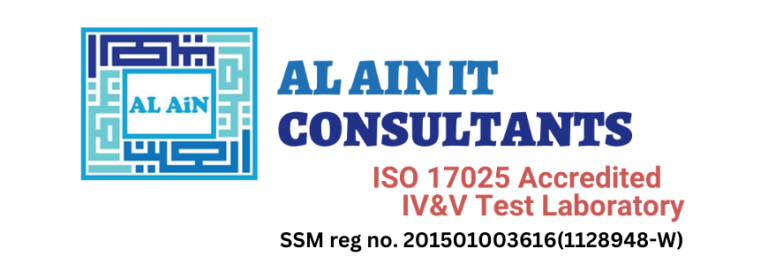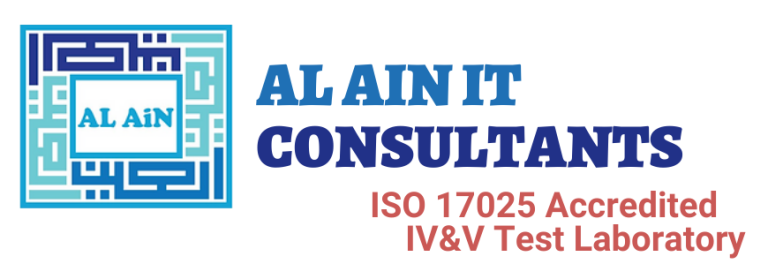We are currently undergoing maintenance on our email server. Kindly direct your emails to us at alaintester003@gmail.com. We apologize for any inconvenience caused.
Certified Tester Foundation Level (CTFL)
Build Your Testing Expertise with CTFL Training
5
Lessons
Online
Platform
All
Skill Level
40hrs
Duration
English
Language
Overview
Our CTFL training program is designed to provide a comprehensive foundation in software testing principles, techniques, and best practices. Through our expert-led training, participants will gain essential knowledge and practical skills to excel as testers. The program covers a wide range of topics including test design, test execution, defect management, test automation, and more.
With hands-on exercises and real-world examples, participants will learn to apply industry-standard methodologies to ensure effective and efficient software testing processes. Upon successful completion of the training, participants will be equipped to take the CTFL certification exam, validating their expertise and enhancing their professional credentials.
Course Objectives
- Understanding the fundamental principles of software testing, including testing techniques and methods.
- Learning how to design and execute effective test cases and test plans.
- Developing an understanding of the software development lifecycle and the role of testing within it.
- Gaining knowledge and skills in software quality assurance and risk management.
- Preparing for the CTFL certification exam and achieving certification as a recognized software testing professional.
Learning Outcomes
By the end of the course, you should have a solid understanding of CTFL, including the processes involved and the tools that are available for you to use. Upon completion of the course, participants shall be able to:
- Understanding the importance of software testing in the software development lifecycle.
- Developing skills in designing effective test cases and test plans.
- Learning how to identify defects and issues in software products and how to report them.
Learning Path
This module provides participants with a comprehensive introduction to the field of software testing, covering its fundamental principles, processes, and methodologies. Participants will gain an understanding of the importance of testing in ensuring software quality and will be introduced to key testing concepts such as verification and validation.
Equip yourself with a variety of test design techniques to create comprehensive and effective test cases. Master black-box testing techniques like equivalence partitioning and boundary value analysis, white-box testing techniques such as statement coverage and decision coverage, and gray-box testing techniques. These skills will help you design tests that provide thorough coverage of software functionality and potential defects.
Recognize the significance of static testing in defect identification without executing software. Familiarize yourself with techniques such as inspections, walkthroughs, and static analysis to improve code quality and enhance software reliability. By catching defects early in the development process, you can achieve cost savings and enhance overall software quality.
Explore a range of testing tools and automation frameworks available to enhance your testing capabilities. Select appropriate tools based on project requirements, master test management tools, and automate repetitive tasks. By leveraging test tools and automation, you can improve efficiency, accelerate testing cycles, and achieve greater test coverage.
Adopt a risk-based approach to testing, focusing your efforts on areas with higher potential risks. Learn techniques for risk identification, analysis, and test planning. Evaluate the impact of risks on your project and allocate testing resources accordingly to ensure comprehensive testing of critical software areas.
What People are Saying
"CTFL training was a game-changer for me as a tester. It provided a comprehensive foundation in software testing, and the CTFL certification has been instrumental in advancing my career."

"CTFL training was a game-changer for me as a tester, boosting my career prospects in. The course content was well-structured, and the CTFL certification has increased my confidence in delivering high-quality testing solutions."

"The course material was well-presented, and the practical exercises helped solidify my understanding of software testing concepts. Obtaining the CTFL certification has given me a competitive edge in the industry, opening doors to exciting career opportunities."

Previous
Next
Let's start learning
Are you ready to start?



